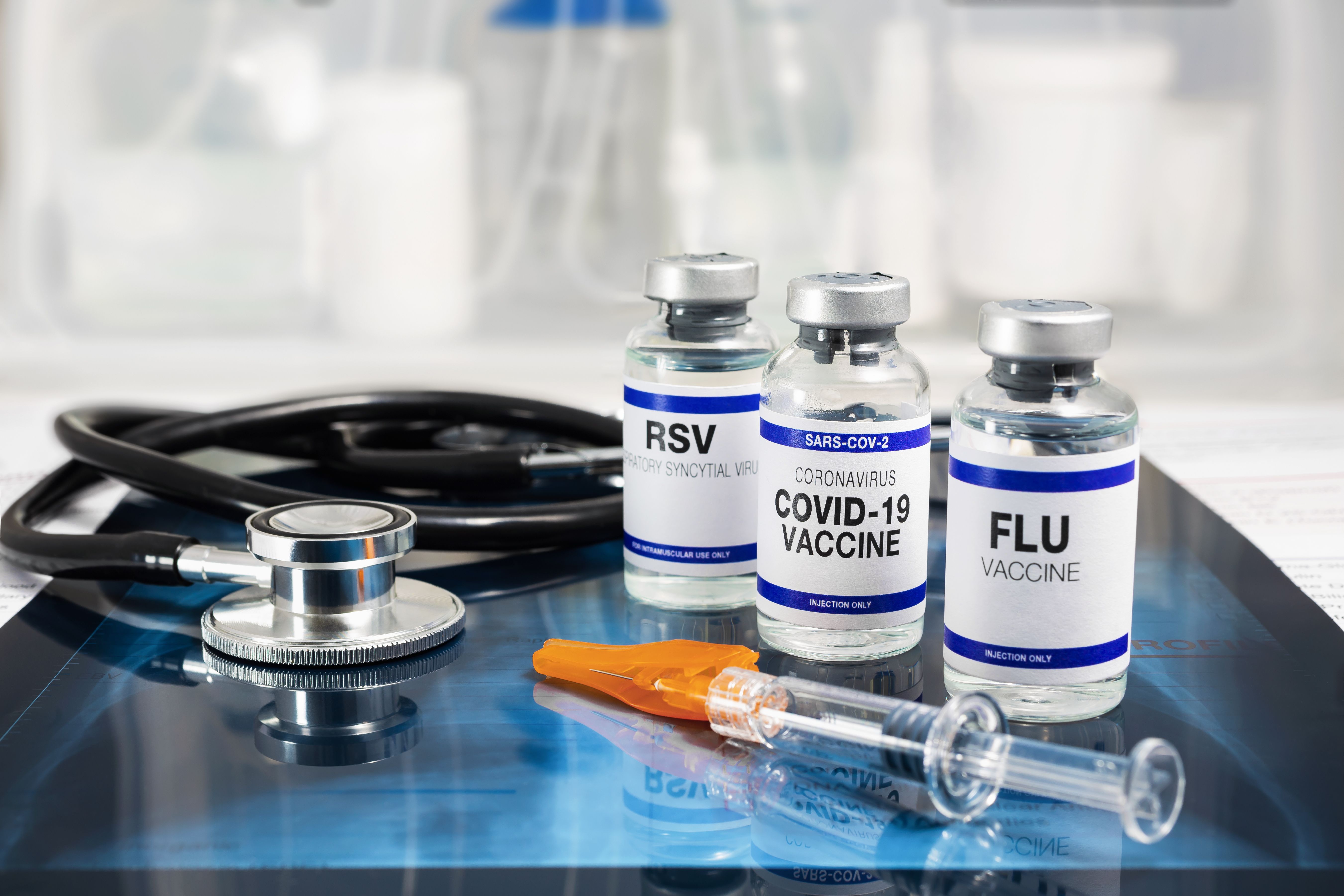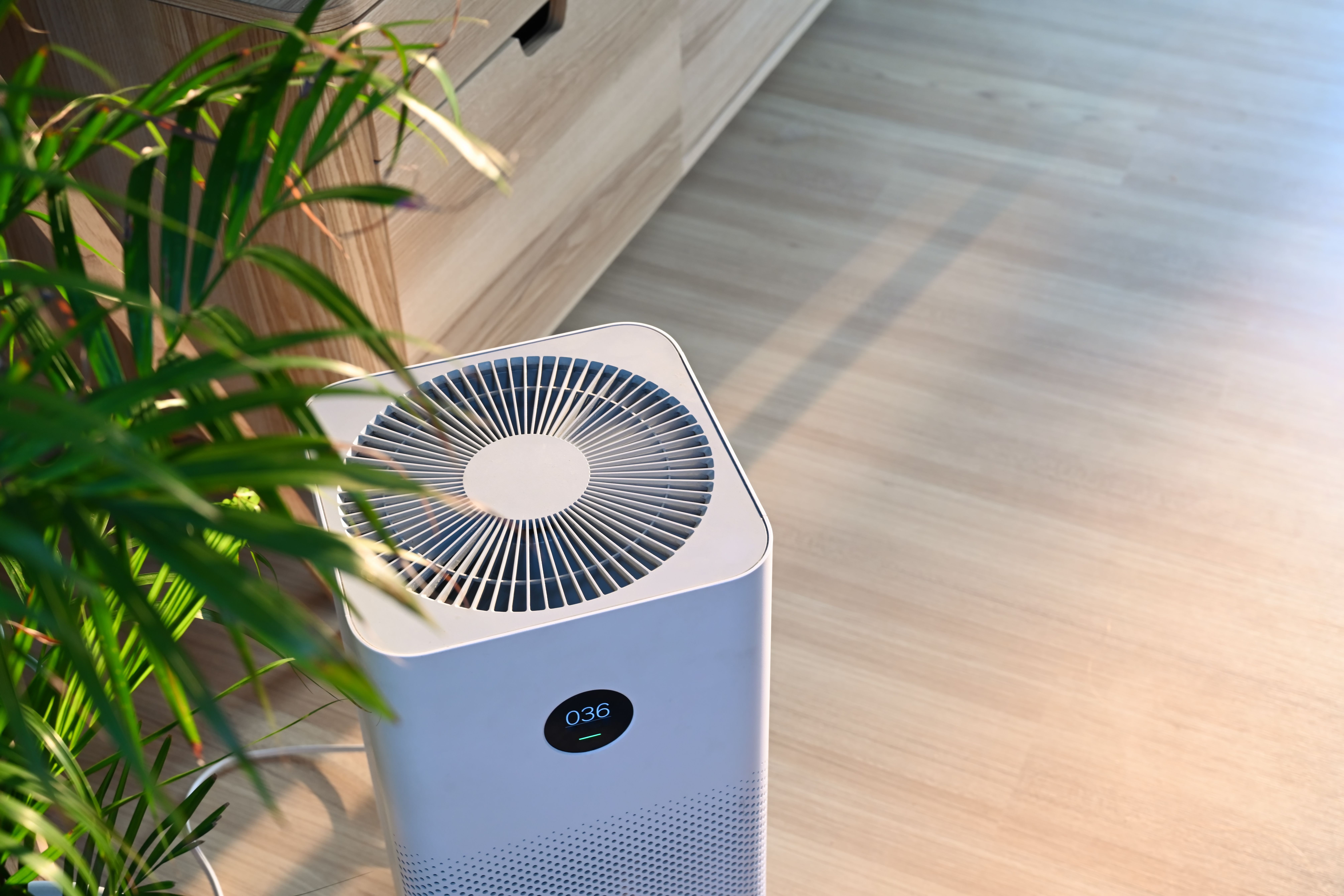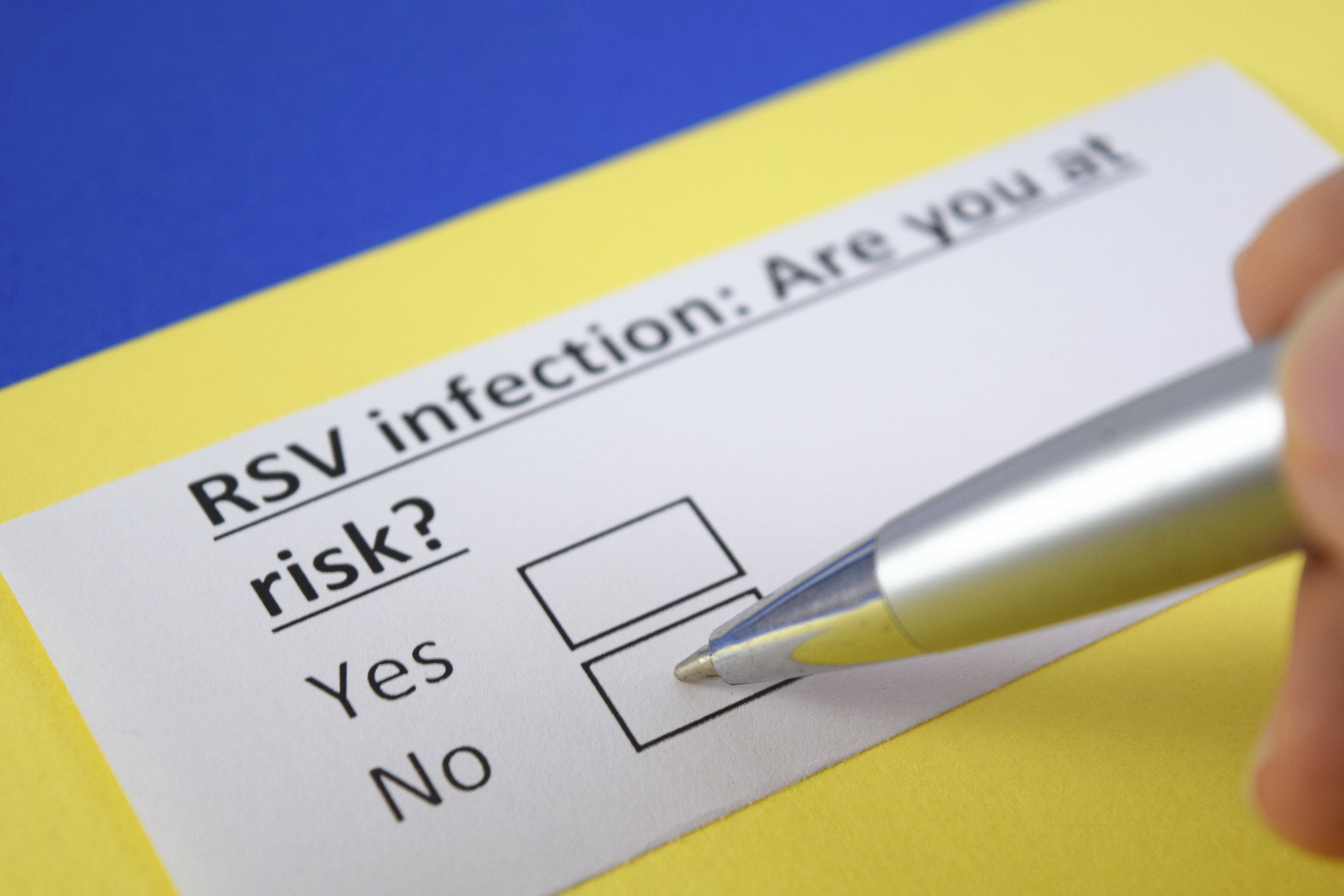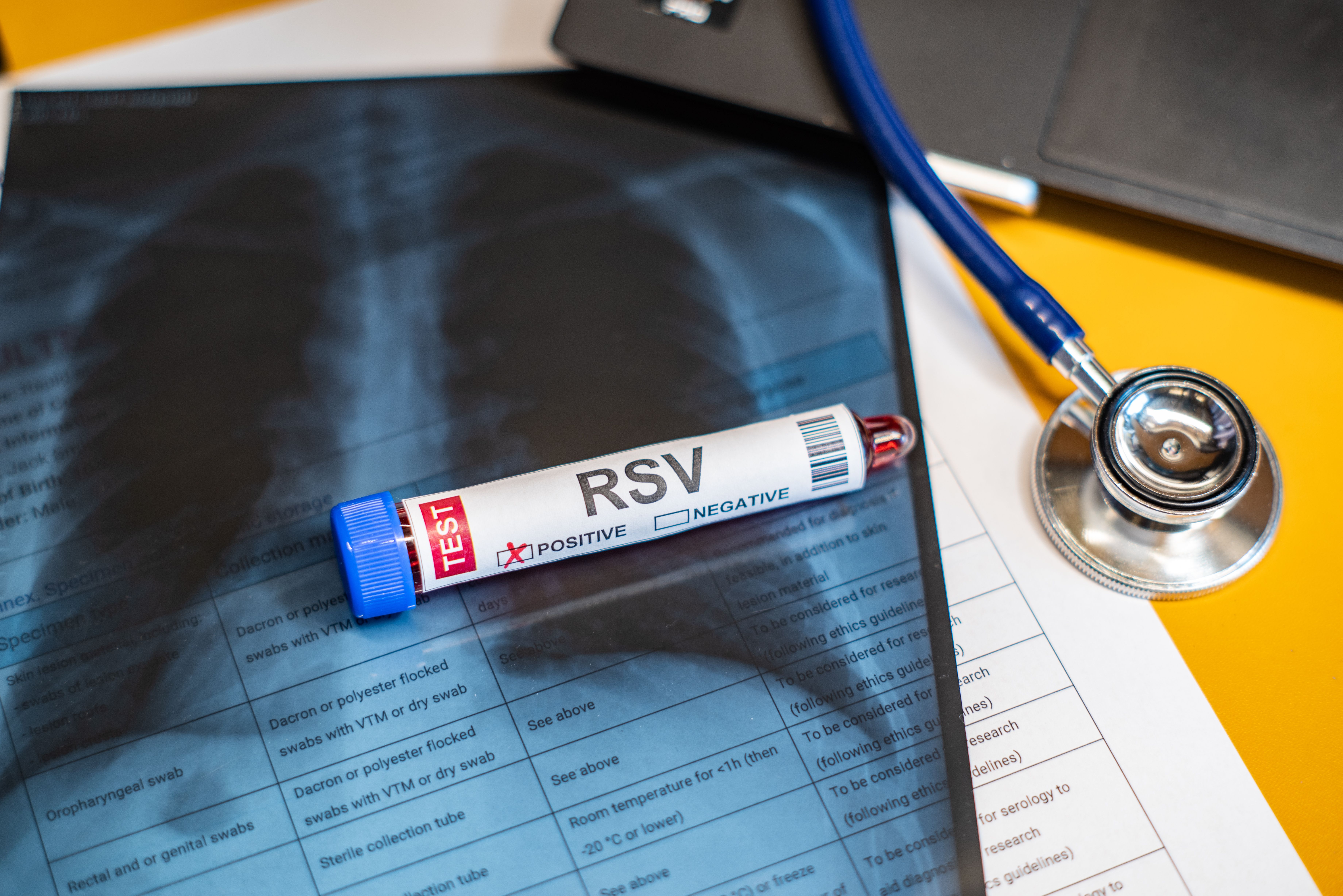Article
RSV Detection in Infants Associated With Temperature, Level of Medical Care
Author(s):
A study conducted in Colombia found that detection of respiratory syncytial virus (RSV) was associated with air pollutants, the health care system, and weather.
Rainfall, temperature, air pollutants, the level of medical care at a health care institution, and the period of the COVID-19 pandemic were all associated with detection of respiratory syncytial virus (RSV) according to a study conducted in Colombia and published in Pediatric Pulmonology.
RSV is a leading cause of mortality in infants across the world and especially in low- to middle-income countries (LMICs). Some studies have found that the epidemiology of RSV has changed during the COVID-19 pandemic. This study aimed to “identify factors independently associated with RSV detection considering individual, health care system, meteorological, air pollutant, and COVID-19 variables in infants admitted for viral bronchiolitis during 3 consecutive years.”
The study was primarily conducted in Bogata, Colombia, which is a subtropical highland climate with an average precipitation of 840 mm per year. A cross-sectional study was conducted from January 2019 to November 2021. Records of morbidity from acute lower respiratory infections and other disease were gathered from clinical and epidemiological data. Demographic and clinical variables were also collected for analysis. RSV detection was determined using indirect immunofluorescence technique, immunochromatography, and real-time reverse transcription polymerase chain reaction. Air pollutants and meteorological parameters were also analyzed, including temperature, rainfall, and carbon monoxide.
There were 13,177 patients who were selected for this study, as they were less than 2 years of age and had a diagnosis of viral bronchiolitis during the study period. A total of 56.0% were male, 77.9% were younger than 12 months, and 22.1% were between 12 and 24 months. A lower socioeconomic status was found in 40.5% of the participants.
The median (IQR) value of air pollutants was lower during the COVID-19 pandemic compared with the non-COVID-19 pandemic period: sulfur dioxide (4.88 [4.51-5.24] vs 4.91 [3.96-5.87]), nitrogen dioxide (29.35 [22.20-31.06] vs 31.16 [28.90-39.38]), carbon monoxide (749.60 [697.60-819.70] vs 1026.60 [874.01-1147.0]), and particulate matter 2.5 (13.78 [12.73-17.84] vs 16.81 [14.82-21.63]). Rainfall levels were higher during the pandemic period (84.42 vs 84.27) but the temperature was significantly lower in the COVID-19 pandemic period compared with the non-COVID-19 pandemic period (14.96 vs 15.12).
Multilevel logistic regression models were used to identify independent associations with the detection of RSV. The model found that about 32% of variability in outcome came from the difference in health care institutions. Age was found to be the only variable that was independently associated with the detection of RSV. Temperature, rainfall, nitrogen dioxide, carbon monoxide, and the COVID-19 pandemic period were also variables that were associated with the detection of RSV.
There were some limitations to this study. Exposure misclassification was possible in the analysis. There could have been residual or unmeasured confounders that exaggerated the relationship between the variables. More severe cases of RSV were the only ones accounted for through the hospitalization records. Differential misclassification of the outcome is possible.
The researchers concluded that age, level of medical care, temperature, rainfall, air pollutants, and the COVID-19 pandemic period were all associated with detection of RSV in infants.
Reference
Villamil-Osorio M, Moyano-Ariza LF, Camacho-Moreno G, Restrepo-Gualteros SM, Sossa-Briceño MP, Rodriguez-Martinez CE. Multilevel analysis identifying the factors associated with RSV detection in infants admitted for viral bronchiolitis in the era of the COVID-19 pandemic. Pediatr Pulmonol. Published online July 14, 2023. doi:10.1002/ppul.26590




